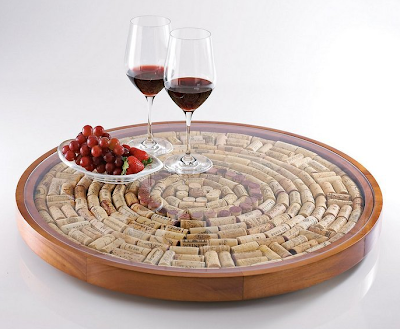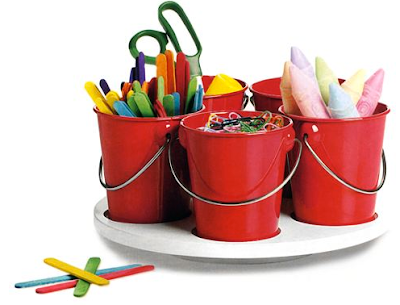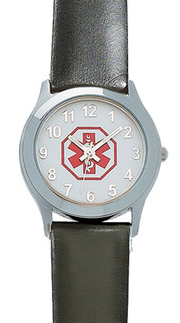
Photo by Timothy Valentine, found on Flickr, licensed via Creative Commons
The collective noun for a group of books is a "damn, I'm never going to get around to reading all of these." — Waterstones Oxford Street, via Deirdre
Sue in Australia is a book lover; her husband and daughter also have attachments to books. So, like many book lovers, her collection of books reached the point where there were more books than there was bookshelf space — and she's facing a possible move. So her family just did some culling, and I liked her approach.
Our process was very simple. All three of us were involved in a conveyor line process. There were no recriminations or discussion about what people wanted to keep. If an individual wanted to keep something, it got kept.And here's the best part:
I cleaned out a shelf and took a book. If I wanted it, it went back on the empty shelf. If I didn't want it, it went down the line to hubby. If he wanted it, back it went; if not, it went to the Girl. If she didn't want it, it went on the pile to give away.
I expected it be a painful process. But because I knew I could keep anything I wanted I found it quite freeing and releasing.Then there's the author of the blog Room for a Pony, who decided to say "Goodbye, all books that I do not love" — and explained what books fit in that unloved category. Here's a summary:
1. Nay to books that have been sitting on my shelf without a look for well over twenty years. ...That list makes sense to me; I've certainly rid my own shelves of books in all of those categories.
2. Away with books that are old, yellowed, brittle and musty. ... If I love a book that much, I’ll buy a better copy in hardback, because it’s no pleasure to read a book in that condition.
3. Another capital crime is if the print’s so small that only an insect can read it.
4. I’m discarding with great glee anything written in tedious, academic English. I hated it in college, and I hate it now.
On the other hand, I fully recognize there are some books we will want to keep forever. For a delightful read, see Peter Hartlaub's list of children's books he can never part with.
Related Posts:
Clearing Out the Bookshelves
3 Perspectives: Not All Books Are Keepers
Books: Weeding the Collection
Letting Go of (Some of) the Books
Is It Time to Bid Adieu to Some of Your Books?
Loving Books and Letting Go
Weeding My Own Book Collection
Even Book Lovers Can Have Too Many Books




















